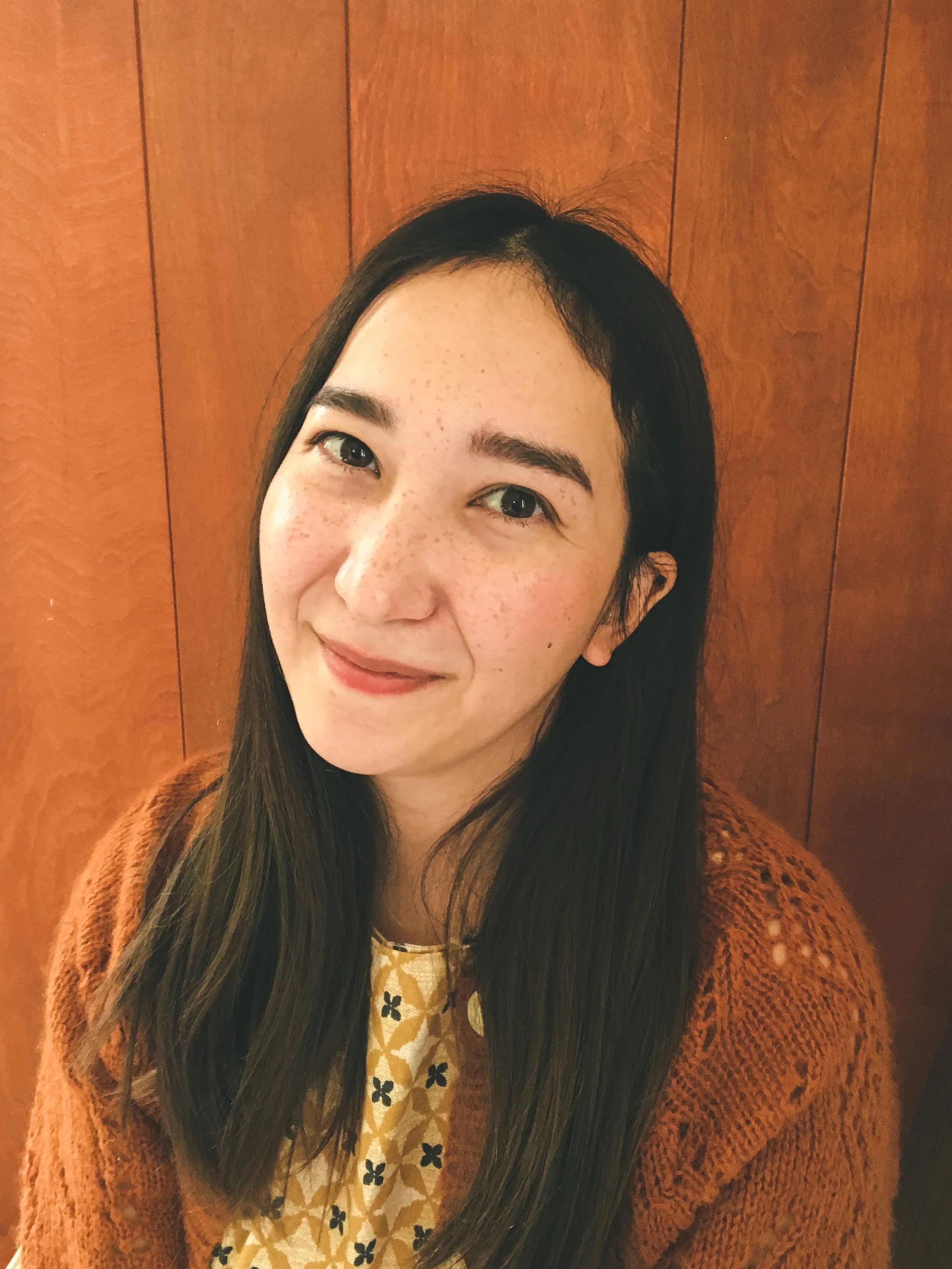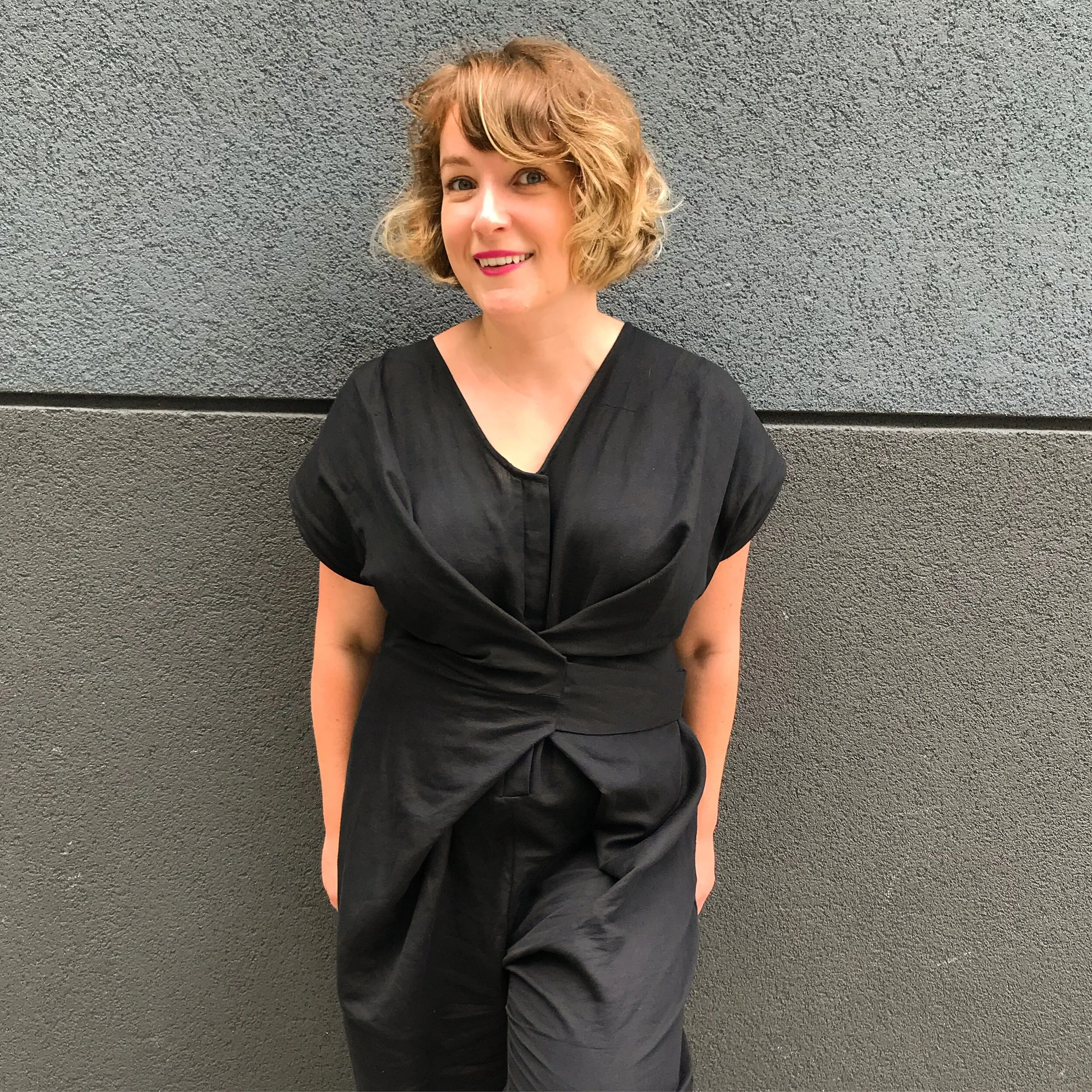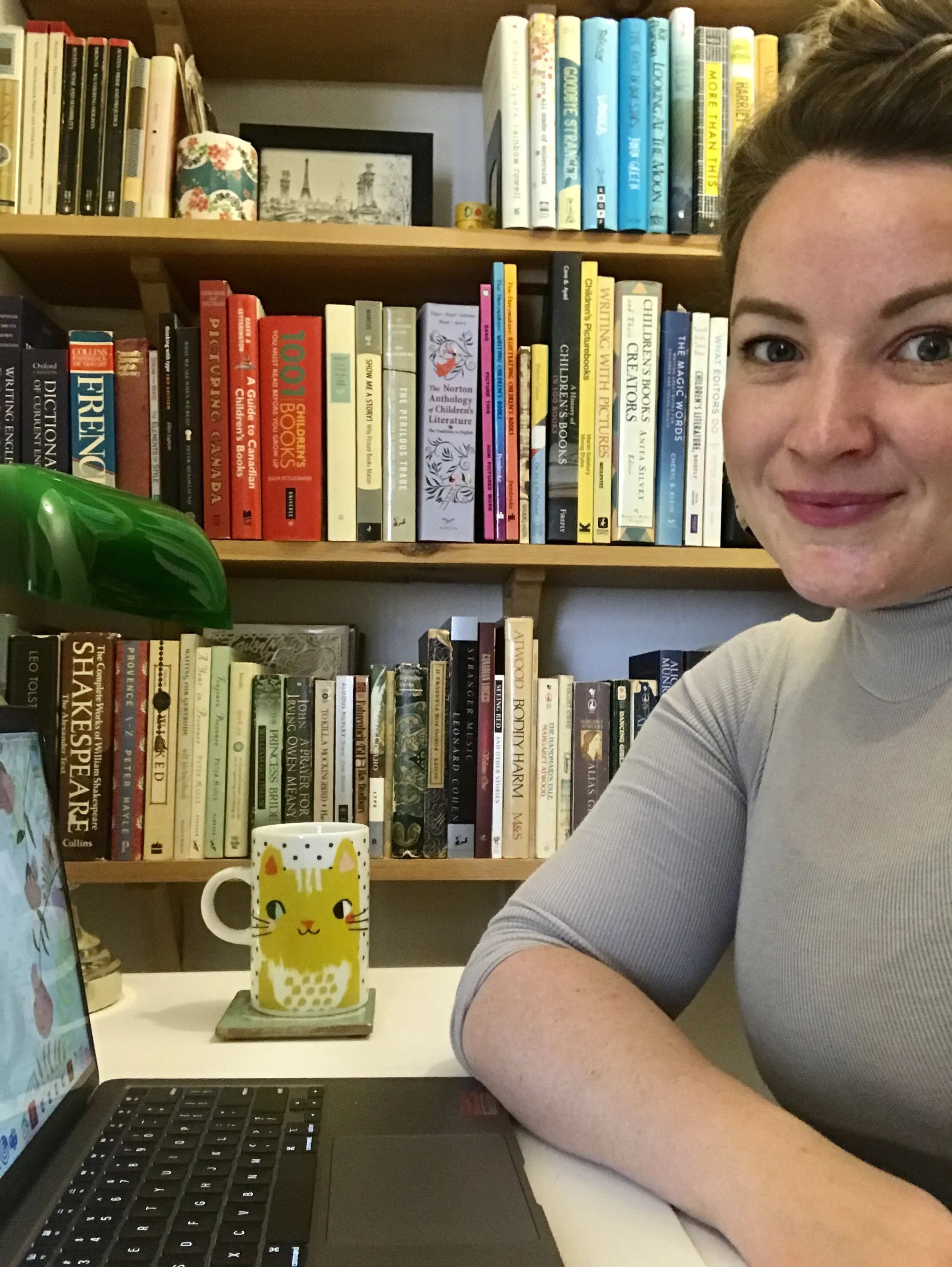A Conversation with Katie Scott, Editor of A Summer without Anna
A Summer Without Anna, my second book with editor Katie Scott, was a tricky book to write. The first draft came really quickly, but it took a long time and a lot of effort develop and revise. It took a lot of trial and error to calibrate the emotional tone of the story, to strike just the right balance between fact and fiction, sadness and hope.
Having previously worked together on my debut book, Beatrice and Barb, Katie and I came to this project having already established a great deal of trust and respect for each other’s instincts and capabilities. Katie never fails to listen to carefully to my concerns and ideas, but she also pushes me when I need pushing.
I also know I can count on her for THE BEST recommendations for everything from lipstick shades, to music, to weeknight dinner recipes.
Katie and I are currently wrapping up edits on our third book together, All the Basements on Blackberry Street, which hit shelves in Spring, 2027. Here’s to many more!
KJL: If you were to borrow Anna’s camera and make an album of images that speak to this season in your life, what might it include?
KS: I feel like Junie from A Summer without Anna would love this question! The album would include pictures of my neighbourhood, which gets very lush and green – borderline jungly – at this time of year. It makes me want to dust off my DSLR and walk around Montreal to snap photos. It would include pictures of my community of friends in Montreal. It would include a picture of my new workspace, which has a quote from Dolly Alderton hanging above my desk (“It doesn’t have to be good until it’s done.”). It would include this picture of me on my 40th birthday from last December that our publisher Naseem Hrab took. And it would include pictures of a few recipes that are on heavy rotation when I have people over for dinner, including chimichurri and an apple almond cake. (Scroll to the end for recipes!).
KJL: A Summer without Anna was our second book together. We first met to talk about Beatrice and Barb in early 2020, and we’re currently in the middle of edits for our third picture book, which will be out in 2027. In the years we’ve been working together, I’ve learned so much from you. So much has happened and shifted in the world since we first met. I’m wondering what’s changed on your end in the past five years. How has your approach to your work as a children’s editor changed (or not!)
KS: It feels like so much has changed since we first met in early 2020. Since then, I’ve been promoted to senior editor and have relocated from Toronto to Montreal. I always like to think about my life in seasons, and I’m in the Montreal years now. But despite all the change, not much has changed in my approach to my work. Being highly collaborative is at the core of my approach to editing — I really see my role as supporting and amplifying the work of writers and illustrators.
Katie and Kate the launch of Beatrice and Barb at TYPE Books Junction, 2023.
KJL: Are there any current picture book creators whose work really excites you? Any specific books that light your hair on fire?
KS: I loved Noodles on a Bicycle by Kyo Maclear and Gracey Zhang. Kyo is one of those writers whose work always excites me – it’s such a treat when we get a new book from her! And this is not a picture book, but I absolutely loved Brownstone by Samuel Teer and Mar Julia. It made me cry at the end – I love books that make me cry.
KJL: Writing great books is not about chasing trends, but a part of working in this field is being aware of new voices and ideas in the market, and thinking about how what’s happening in the larger world is shifting what readers want and need. As an editor, what does keeping your finger on the pulse entail?
KS: As editors, we need to know what there is a demand for in the market and where there are gaps in the market that we can fill. Because an illustrated children’s book can take three years to produce (from time of acquisition to when it’s in bookstores), we need to feel confident that the demand will still be there at least three years from now. I’m weary of trends, which come and go, and am more so looking at bigger shifts in the market. So that could be topics that have staying power (e.g., STEAM or social-emotional learning) or formats (e.g., early readers or graphic novels). I also think it’s essential for an editor to be connected to the world at large, because the publishing industry is a mirror for society. When I was studying book publishing at Ryerson University (now Toronto Metropolitan University), an instructor said that an interviewer once asked him what was on the front page of the news that day. That’s always stuck with me.
KJL: What’s on your MSWL right now? Is there anything you’re specifically not looking for? Anything that feels oversaturated or not right for the moment?
KS: MSWL right now is lyrical picture books – stories like A Summer without Anna. I’m looking for manuscripts that make me feel something and that have something original to say. I’m also looking for young graphic novels and young non-fiction (ages 5 to 8 / 7 to 10). I’m starting to acquire a select number of middle grade novels; I’m editing two at the moment that I’m very excited to hit the market (one is about a girl who escapes a cult, and the other is a contemporary gothic with an incredible twist). We’ve also recently seen great success with Little Shrew by Akiko Miyaokoshi – its message about living a simple life has really struck a chord. I’m curious to see more books in that early reader category. I’m not looking for picture book biographies; those continue to be over-saturated in the market.
KJL: What’s the hardest part of your job? What’s the best part?
KS: The hardest part of my job is only having so many hours in the day and feeling pulled in a lot of different directions. At any given time of year, I’m working on about twenty contracted books and then developing many others to get them to the contract stage, as well having literally hundreds of submissions to read. But I also love that I get to work on so many books and with so many talented writers and illustrators. It’s the hardest part, but it’s also a blessing in many ways.
There are so many best parts. Honestly, I feel grateful every day that I get to do this work and that I can make a living from making children’s books. I think a lot of people who work in this industry feel that way! But if I had to pick one specific best moment, it’s when I write to an author to tell them Kids Can Press will be publishing their book. I got to write one of those emails today, and it really is such a wonderful feeling.
KS: I’ve asked you before about advice you would you give to aspiring or emerging illustrators. Now I’m wondering about advice you would give to creators who have a title or two under their belts and are trying to stay relevant and grow their career. How might an author navigate that middle zone, where they’ve broken in, but are still working on gaining momentum?
KJL: What excites me most is when I see a writer doing something different from their previous books. For example, A Summer without Anna is tonally so different from Beatrice and Barb. And the picture book we are working on together now is also tonally completely different from either of your previous books. And that middle grade novel I mentioned earlier about a girl who’s escaping a cult? That’s from Robin Stevenson, who wrote Queer History A to Z (a completely different kind of book – that one’s MG non-fiction). So I think my best advice is to write about what excites you. Don’t look backward but look ahead. Think of every book you write as a new thing in and of itself.
KS: Given everything that’s going on politically right now, there’s a strong push to support Canadian publishers, creators, and book sellers. What do you think makes the Canadian children’s book industry special, and why is it so important to protect?
KJL: What feels special about our industry is how tight-knit the community is – a lot of us have been working together for decades and are such close friends. But that’s also something that feels problematic about publishing. We need to make room for new voices and perspectives around the table, and we have a responsibility to be mentoring and training the next generation of editors and publishing professionals. Grant funding also comes to mind as something that’s unique to the publishing industry in Canada. The grants we receive, federally and provincially, make our publishing at Kids Can Press possible, and it means that we can sometimes take more risks or publish “quiet” books that we really believe in.
KJL: What are your current obsessions, bookish or not?
Bookish: anything by Dolly Alderton and Caroline O’Donoghue (also Caroline’s podcast, “Sentimental Garbage”). My friend Emily Varga just published her debut YA novel, For She Is Wrath, and everyone should go read it. It’s a YA Pakistani romance that’s a retelling of The Count of Monte Cristo — what more do I need to say?
Non-bookish: Chappell Roan, Buffy the Vampire Slayer (I’m on a rewatch), Trixie Mattel, pet nats, A5 Writing Pad from Yamamoto. And because we like to talk lipstick: E.L.F. Lip Oil in Jam Session. Also I am so excited for Materialists to come out this month – I will watch anything from Celine Song.
KJL: What do you think young readers need from books and the adults who create them in this moment?
Compassion. Community – feeling that we’re not alone, especially when the world feels hard.
Kate and Katie at the Kids Can Press 50th Anniversary party.
Katie Scott is a senior editor at Kids Can Press. She lives and works in Montreal.









